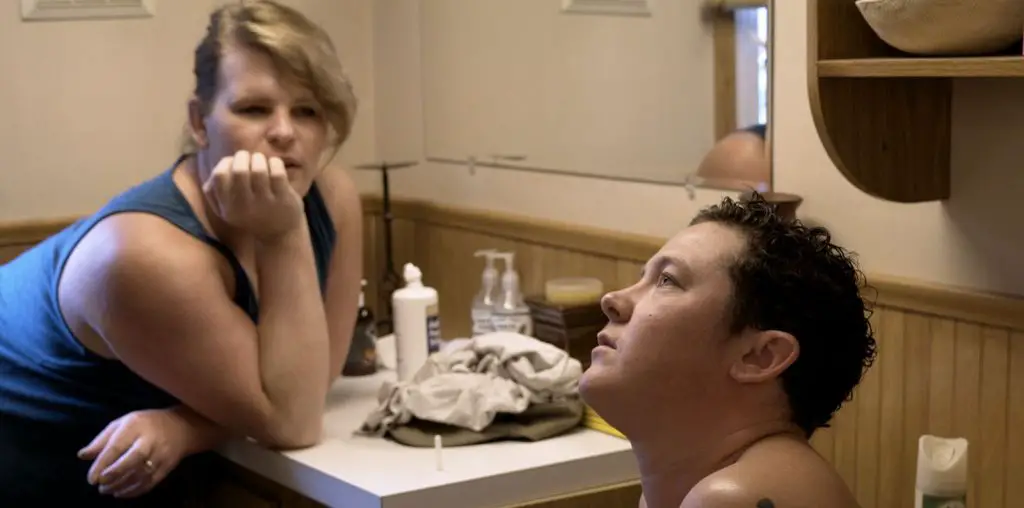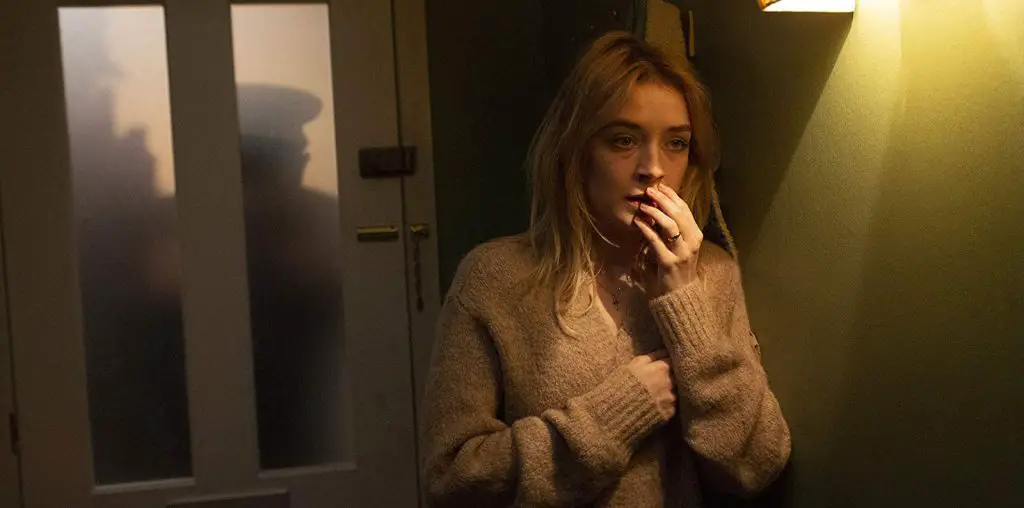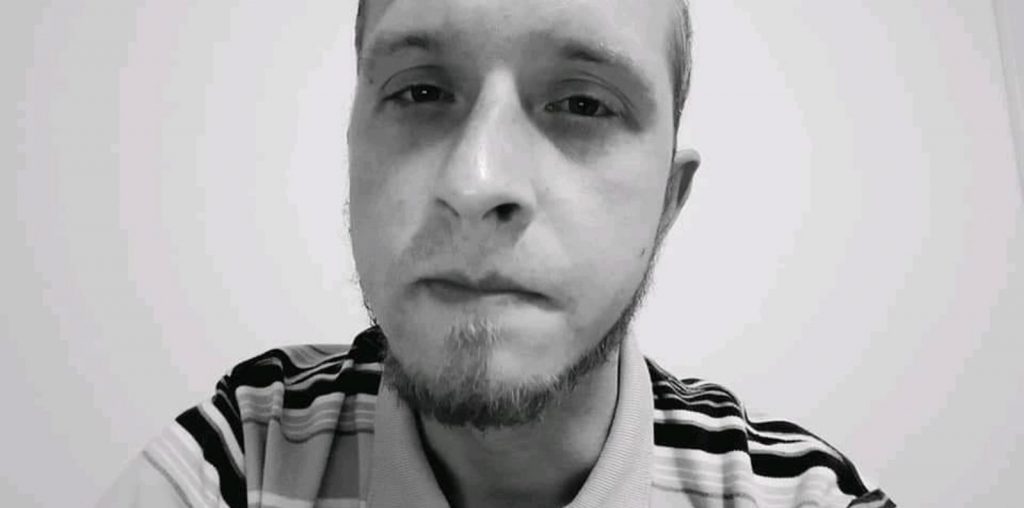
If public transportation had a hierarchy, the airport shuttle would be slightly above the rickshaw as far as quality of travel. Sometimes they’re on time, sometimes they don’t show up at all, a shuttle ride can be quite the adventure, and director Edward Anderson has decided to show a film audience just how exciting a shuttle ride truly could be, given the right (wrong) circumstances. I got to speak with Edward prior to the World Premiere of his new film “Shuttle” at the 2008 SXSW Film Festival, and here’s what the talented screenwriter-turned-director had to say:
How did you get involved in filmmaking? What was your first film?
“Shuttle” was my feature directorial debut. I started as a screenwriter, but with the intention of honing the filmmaking craft from a script, story, and character perspective as a foundation for directing. I took my cue from directors I most admired who began as writers. They convinced me that story and script are at the heart of film.
Before that, I made a bunch of shorts that are now buried in a hole in the backyard.
Why become a filmmaker?
Lack of sleep. As a kid I hated to go to bed. My youth was spent watching movies until ungodly hours. I always found films inspiring and thought provoking. At some point I realized I was more passionate about film than anything.
What was the inspiration for your film “Shuttle”? Have you been on some freaky shuttle rides in your day?
It’s tough to discuss the film’s inspiration without revealing plot twists. It’s a dark, edgy thriller, and I sometimes work backwards at the story stage, so we’re really talking about the end of the film here. I was influenced by a lot of things that were happening at the time it was conceived, all of which coalesced one day on a shuttle van at LAX.
No freaky rides, but the night after we wrapped principle photography in Boston, I was flying out and had to drop off my rental car at some really remote airport location in the middle of nowhere. No one around, nothing. Weird. So I left the car and waited for the shuttle van that was supposed to come by for the airport. When it finally came, I got on and realized not only was I the only passenger, but it was the exact same type of shuttle we used in film — make, model and color. That gave me pause.
What was the timeline for production, from script to screen?
The idea came in Summer 2005. I was between scripts so I decided to run with it, which is unusual. Then the script happened very fast, but I didn’t show it anyone right away. Just let it settle, and did some re-writes. Then I was busy doing re-writes on another script that was heading into production the following spring (“Flawless,” a heist-thriller starring Michael Caine and Demi Moore, being released later this month). I finally showed the script to Mark Williams (who produced both films) when I was in Europe during pre-production on “Flawless.” After that film wrapped in Spring 2006, we got to work raising money for “Shuttle.” We were in production 6 months later and wrapped by year-end 2006. Our editor had fallen out at the last minute during pre-production, which actually worked out because we ended up with the amazing Wiliam Yeh, but that caused a delay in the start of post-production until February 2007. We finished post at our partner’s (Future Films) facilities in London that summer. So it was about 2 years from idea to completion. SXSW film festival will be our first true audience screening.
How did you go about casting?
We made a conscious choice not to cast “names” in favor of up and comers, and that set the pace for everything. It was important to us to keep the film under the radar, get it made in a reasonable time frame and on a contained budget. All of which melded with this approach to casting.
So we read for all six of the principle roles. We had terrific casting directors with Annie McCarthy and Jay Scully who boiled the ocean.
This film had a lot of difficult demands for the actors, so it was critical that the cast understood what they were getting into. Not only did they have to be right for the part and perform under tough circumstances, but they had to be troopers. So I sat down with each actor before we cast them to make sure they were game. I can’t say enough about our cast.
What do you think drew the actors to the script?
Definitely not the chance to freeze their butts off on night shoots in December in New England.
Part of what I think was appealing is that film is not exactly what you expect. It blurs genres and doesn’t go where you expect it to go. And that was the construction. It’s a gradual descent. All the characters experience a lot emotionally over the course of one night, and that range is exciting to an actor. Also, each character changes, often due to stress, ultimately revealing their true self. It’s a balance of character and plot. Neither stand alone. So I think the chance to explore layers was intriguing.
What problems did you run into during production? Horror stories? Shuttle breakdowns?
How much time do you have?
The film takes place over the course of a single night. Hence, we were shooting nights exclusively. So we needed to film when there was as many hours of darkness as possible (i.e., winter). Which was fine because the film was originally set in LA. But we got a tax deal to go to Boston. So we changed the setting to a non-descript city and our start date to early-fall, which would give us enough hours of darkness and yet not be too cold for working conditions. A couple financing delays later and suddenly we’re filming in November and December. After “lunch” at 2 a.m., when it’s 20 degrees, set productivity tends to wane. And since the film takes place on a moving vehicle, basically every scene was a new location. You get the idea. On the plus side, there were nights we shut down major interstates, bridges and tunnels.
Were there any scene that didn’t make the cut? Anything you wish you’d have been able to get into the film?
Surprisingly, none. Toward the end of filming our DP, the talented and tireless Michael Fimognari, turned to me and said, “This is the first film I’ve ever shot where we actually filmed the entire script.” Which was kind of crazy to me at the time, but I can definitely see how it happens. That said, given the challenges I mentioned earlier, our shot list took a horrific beating, so our nights were tight to say the least. But because it’s a tightly woven thriller, and a very attritional one at that, meaning the descent from start to finish is a gradual one, it was more important to me that we cover all the scenes and fulfill story beats and character arcs rather than focus on fewer scenes and have them looking pristine.
There is a big stunt sequence at the end of the second act we almost cut to save time and money, but in the end it was too important to the arc of the story, so we kept it. Now, watching the film, it’s obviously pivotal to story, energy and emotion – and also what Soderbergh likes to call the “rhythm and release” of the film’s cadence. A few things hit the floor in the edit room for the same reason.
What’re you working on right now?
There are a couple new projects I’m excited about. But I better to keep them quiet for now. Shoot first, talk later.
Anything you’d like to tell me that I did not ask?
Not really, you give good interview.
You can see “Shuttle” during the 2008 SXSW Film Festival in the ‘Round Midnight screening program.


